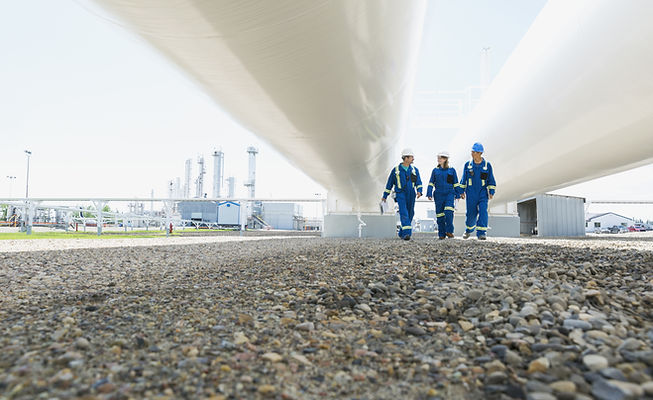
To mature Business Operations content must be effectively organized and managed. Content Services provides the foundation for Process Automation and Business Analytics. This is the first step in optimizing business operations.



Lithium Batteries are reported in the news to erupt in flames and explode daily. FAA averages reports of Li-ion battery fires on commercial aircraft every 10 days.
Q: How do ENCAP modules throttle their charge/discharge and how is it different from a typical capacitor?
A: ENCAP Modules manage the discharge rate using our proprietary Battery Management System (BMS). The BMS is a big part of the secret sauce in the ENCAP Modules.
Q: How much degradation occurs over time/cycles?
A: Negligible over the life of the SIRIUS Module. Todd could provide personal experience example here.
Q: Is the number of cycles affected at all by the number of Supercaps in the ENCAP modules?
A: The number of capacitors in the module has no effect on the number of cycles.
Q: Are Supercaps managed so the work is spread evenly throughout each ENCAP module?
A: Yes, the BMS manages cell balancing to a very tight tolerance.
Q: What’s the cost for of hardware/software management?
A: The BMS is included in the ENCAP module along with maintenance and support as part of the 10-year unlimited warranty with an extended 25-year warranty.
Q: Is this a technology advancement in supercapacitor construction, the module/management, or both?
A: It’s both - there is IP around energy density in the capacitor as well as IP in the BMS.
Q: How do you control the discharge in a Supercap?
A: It is managed by the BMS. Based on load demand, we have produced products with charge rates from 2C-20C.
Q: What does ramping look like?
A: Really fast.
Q: What’s your efficiency after boosting to 480V or other utility scale voltages?
A: The inside voltage of the DC cells will operate from 600-1000V DC. The delivery voltage will be 480V AC. Efficiency on Supercaps is 99.1% and efficiency of Oztek and or LS Energy inverter is 98%.
Q: What are the charging/discharging times in general, best case, etc? What can affect it?
A: 3.55 kWh Supercaps are a ~2C charge/discharge which means full charge in 30 minutes, discharge can be less than a second if required. The size and capacity of the Power Control System (PCS) will affect this.
Q: How many Farads for supercap cell, module, etc?
A: 10-13 Wh per 2.4V cell.
Q: What safety features are present to protect against any arcing or unintended discharge?
A: Built-in circuit breaker, solid state relays, and thermal couples – no potential for arc-flash.
Q: What overcharge protections are in place for the cells?
A: BMS provides this protection in multiple ways along with solid state relays.
Q: Given 100% depth of discharge is there any significant changes at the start or end of a charge/discharge cycle?
A: Slightly faster discharge at the beginning and drops abruptly at end.
Q: What happens if a single Supercap in the ENCAP module fails?
A: The BMS bypasses any individually Supercap that fails.
Q: What is the loss in performance if one Supercap in a ENCAP module fails?
A: If one Supercap fails it is bypassed and the system delivers 2.4V less voltage. It would take a lot of losses to affect the PCS.
Q: How do you isolate any problematic cells in a ENCAP module?
A: Any problematic cells are detected by the BMS and are bypassed.
Q: Are there any recent implementations of ENCAP modules to point to such as pilot programs or service programs?
A: Yes hundred of installations world-wide with many in the US.
Q: What are the temperature ranges for a utility scale offering of ENCAP modules?
A: SIRIUS module operating range with zero degradation is -22F to 172F. Other electronics involved in a utility scale solution may have different temperature ranges.
Q: What are the energy storage capacities offered for a 100 kWh level system with 4 hours of storage?
A: We recommend a 40 foot sea container of ENCAP modules with Oztek inverters that provide 1.4ish MWhs.